A Chevy 5.3 engine, like most car engines, relies on coolant to keep it running at a safe temperature. The coolant flowing through the engine is monitored by a coolant temperature sensor. If the sensor isn’t working correctly, it can cause the engine to overheat. Knowing where the sensor is located can help you troubleshoot any problems that may arise. In this blog post, we’ll show you where the Chevy 5.3 coolant temperature sensor is located.
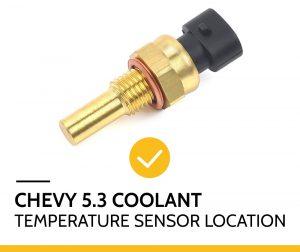
Chevy 5.3 Coolant Temperature Sensor Location [hide]
Chevy 5.3 Vortec Engine
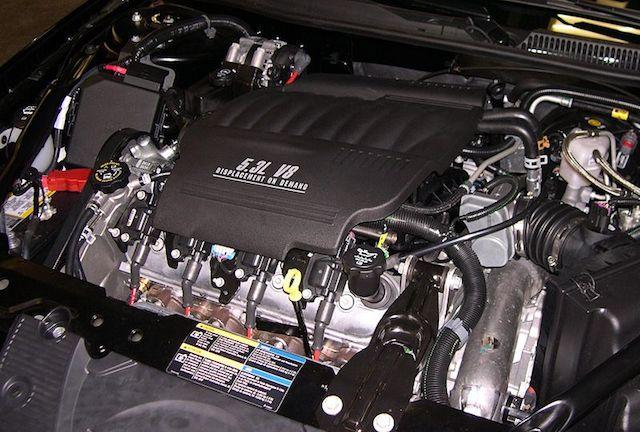
The Chevrolet 5.3L Vortec engine is a reliable, powerful and fuel efficient powertrain option for many GM vehicles. It has a cast iron block and aluminum heads with overhead valves and pushrod-operated rocker arms. It also has forged steel connecting rods, pistons with floating wrist pins and nodular iron crankshafts. The 5.3L Vortec engine is equipped with GM’s Active Fuel Management (AFM) and Variable Valve Timing (VVT) technologies, which work together to conserve fuel and improve performance.
The 5.3L Vortec engine was first introduced in the 2003 model year and has been used in a variety of GM vehicles since then, including the Chevrolet Silverado, Suburban and Tahoe; the GMC Sierra, Yukon and Yukon XL; and the Cadillac Escalade.
The 5.3L Vortec engine is a reliable powertrain option that delivers strong performance and good fuel economy. It is a good choice for those who want a powerful engine without sacrificing fuel efficiency.
Chevy 5.3 Vortec Engine is one of the most reliable engines out their and is often sought out by car owners. However, you should care about your car so it keeps run smoothly. One of the most important things to watch over is engine coolant temperature sensor. Let’s learn a bit more about it.
What is Coolant Temperature Sensor?

The coolant temperature sensor is located near the thermostat housing on the engine block. It monitors the temperature of the engine coolant and sends a signal to the vehicle’s computer. The computer uses this information to adjust the fuel mixture and ignition timing. If the coolant temperature sensor is not working properly, it can cause engine drivability problems such as poor fuel economy and engine misfires.
The Function of Coolant Temperature Sensor
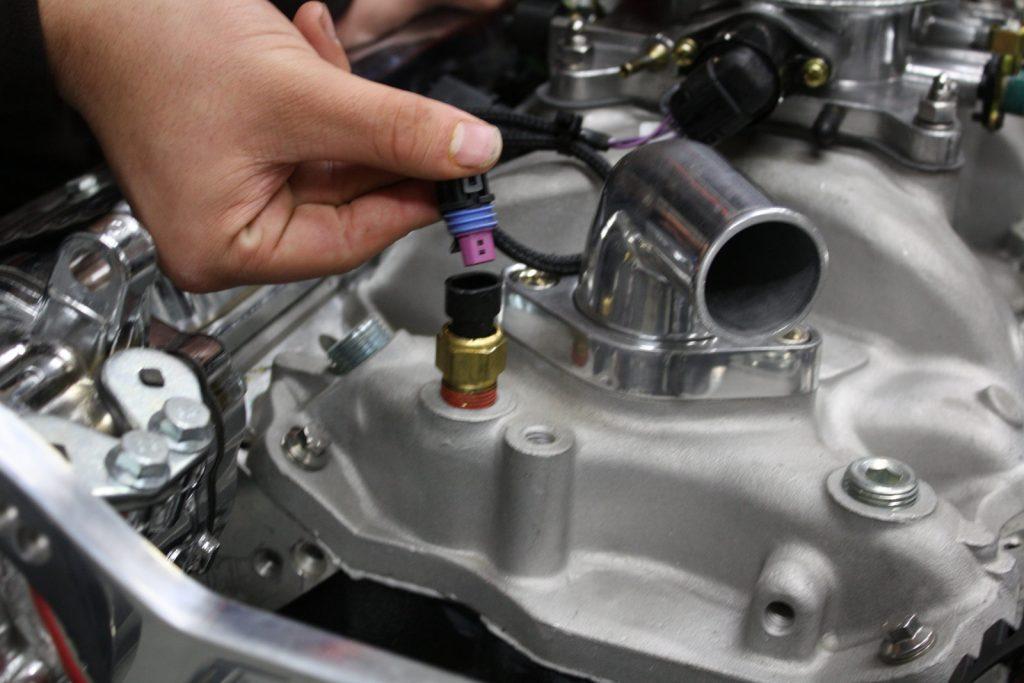
The function of the coolant temperature sensor is to inform the vehicle computer (PCM or ECU) about the engine temperature. This information is used in a variety of functions, from emissions control to ignition timing adjustments, and also for determining when to turn on fans or lights .This sensor often gets overlooked because it’s rarely the source of issues and often does not directly affect or even impact the function of a vehicle.
The coolant temperature sensor is typically located on or near the engine in an accessible place, making it easy to access for replacement if needed.
However, as mentioned, since most vehicles have more than one engine temperature sensor and they don’t all send information to the computer, drivers don’t often realize when one goes bad.
The sensor is typically a two wire sensor that does not require much power and can get very hot or very cold to operate properly. In many vehicles it’s inside the thermostat housing (which also houses the water pump) where it has access to engine coolant and air from outside the engine compartment.
Chevy 5.3 Coolant Temperature Sensor Location
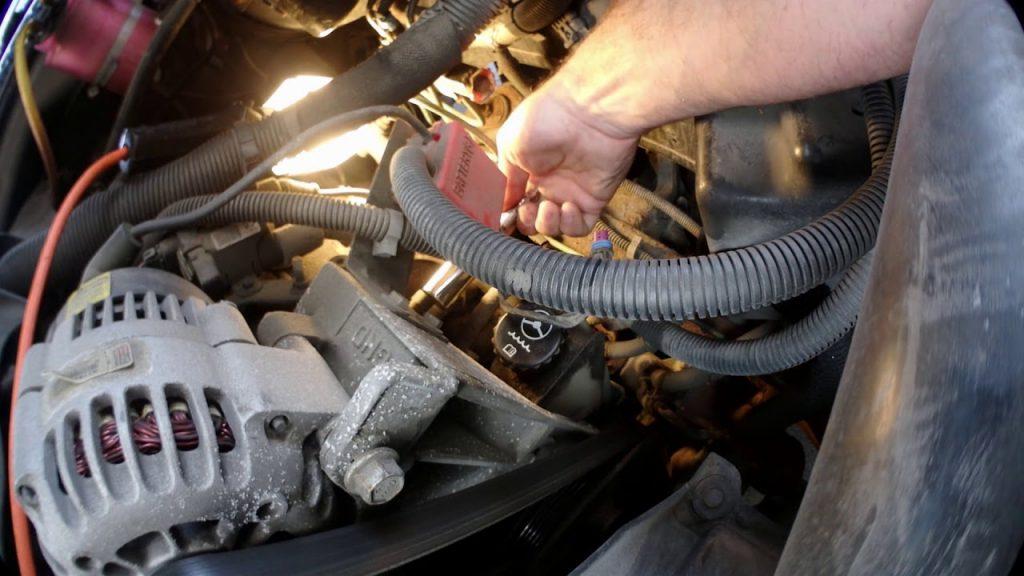
Now you know that this is an engine component required for the correct and efficient operation of your Chevy 5.3 Vortec Engine. This component is called the coolant temperature sensor, or sometimes a coolant temperature switch. It is usually screwed into the cylinder head or intake manifold near the outlet from the thermostat housing. Its purpose is to sense the coolant temperature and relay this information to the powertrain control module (PCM) so that it can properly adjust the spark timing, fuel delivery, transmission shift schedule, as well as other parameters based on the engine’s operating conditions.
However, if this component fails or gets damaged, your car may suffer from a host of different symptoms that can be very difficult and even confusing to diagnose if you’re not familiar with what this component does. For example, if you notice that your engine is overheating but the cooling system appears to be working properly, it could be that the coolant temperature sensor has failed and needs to be replaced.
Now, the coolant temperature sensor is not an expensive component and can be easily replaced by anyone who has basic automotive knowledge. The only thing you have to make sure of is that you get a high quality one, since it’s such a vital part of your engine system. If this sensor fails or becomes damaged, then your car may not run or drive as well as it used to.
Chevy Coolant Temperature Sensor Symptoms
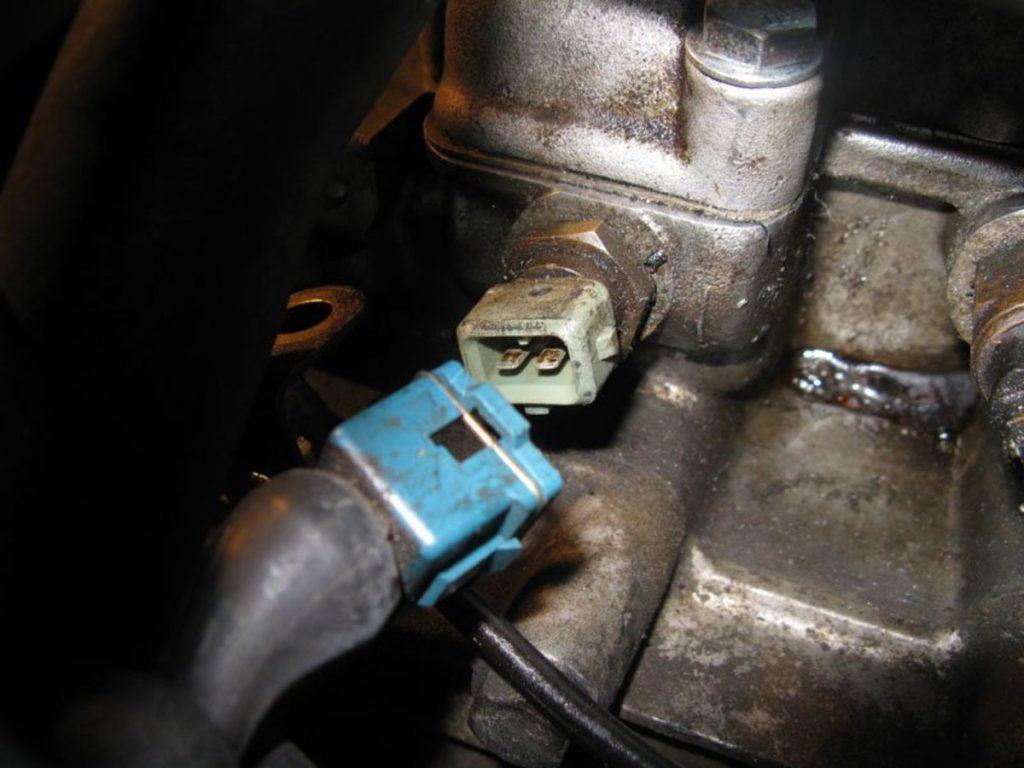
There are a few telltale signs that your Chevy coolant temperature sensor is failing. One of the most common symptoms is an overheating engine. If the sensor isn’t working properly, it won’t be able to regulate the engine’s temperature, causing it to run hot.
Another symptom of a failing coolant temperature sensor is erratic engine behavior. If the sensor is sending incorrect information to the engine computer, it can cause the engine to run Rough or stall unexpectedly.
Finally, a faulty coolant temperature sensor can cause poor fuel economy. Since the sensor affects the way the engine runs, it can cause the engine to use more fuel than necessary.
What to Do in Case of Coolant Temperature Sensor Failure?
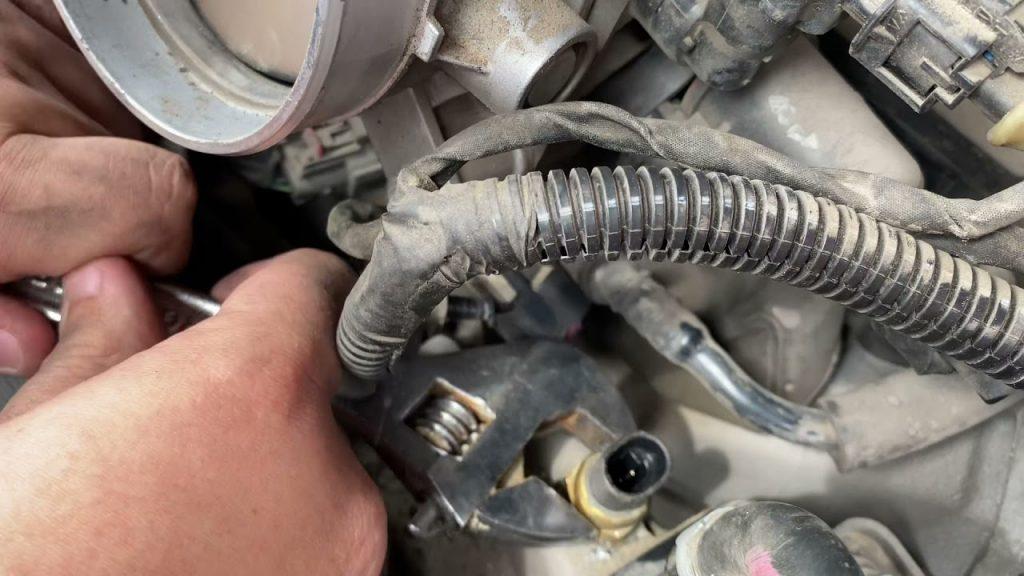
The coolant temperature sensor, or CTS, is designed to monitor the engine temperature and the rate at which it is cooling down. The sensor has a great impact on how your car runs since its information is used by various systems in making important decisions. As such, if your Chevy 5.3 coolant temperature sensor fails, there are a couple of things you need to do.
The first thing you should do is check the sensor for damage or wear. The most common symptom of a failing coolant temperature sensor is that your engine and its electronics start malfunctioning when the vehicle reaches normal operating temperatures. Check whether this happens on hot days, cold mornings, and especially when you’re climbing steep hills or driving for a long time. Start by replacing the faulty coolant sensor immediately to prevent further damage.
Another thing you can do is set the engine running and watch if it runs smoothly or fights against itself as though there’s not enough oxygen in the system. When this happens, another cause of a failing coolant temperature sensor is a bad thermostat. If this is the case, replace it immediately or your engine might overheat and fail.
If your car runs fine even when overheated, chances are that water leakage in the coolant system caused the sensor to fail. In this case, you should check whether there’s any leaking coolant before taking it to a mechanic for repair.
Luckily, you can easily replace the coolant temperature sensor by yourself. You need to know the location of this component in your car and remove it with a ratchet wrench. Always check that all parts are installed properly and that there’s no leakage before you start your engine. With this done, you can be sure that your engine will run smoothly and efficiently, providing you with the best possible driving experience.
Choosing the Chevy 5.3 Coolant Temperature Sensor
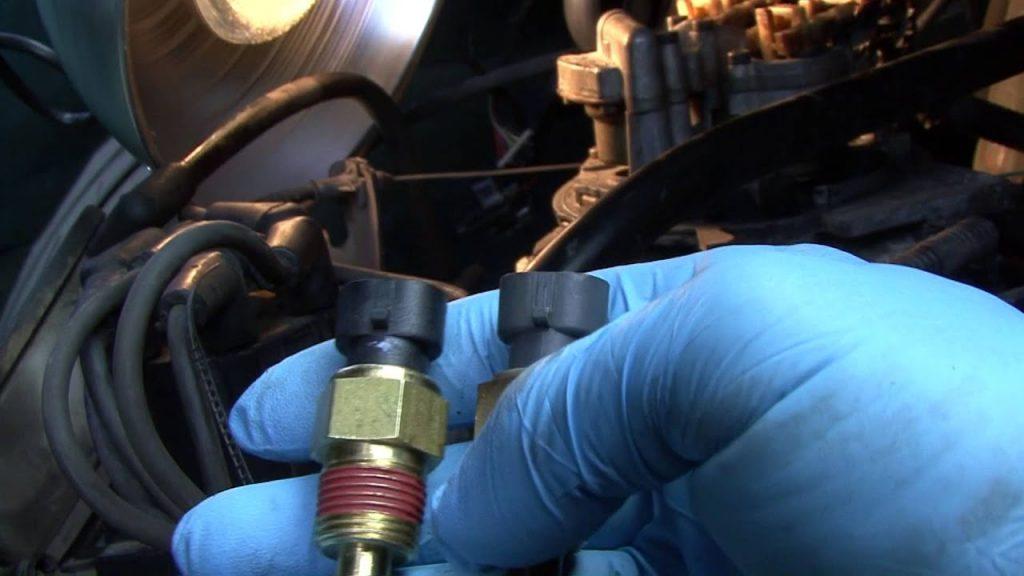
There are a few different types of CTS sensors available on the market, so you’ll need to know which one is compatible with your Chevrolet 5.3 before making a purchase. The most common type of CTS sensor is the thermistor, which uses resistance to measure the temperature of the coolant. Another popular option is the negative temperature coefficient (NTC) sensor, which uses a semi-conducting material to detect changes in temperature. Finally, there is the positive temperature coefficient (PTC) sensor, which uses resistance to detect changes in temperature.
Once you’ve determined which type of CTS sensor you need, it’s time to start shopping around. The best place to buy your CTS sensor is from a reputable dealership or auto parts store that specializes in Chevrolet 5.3 parts and accessories. When you’re shopping for your sensor, make sure to read product reviews from other Chevrolet 5.3 owners who have used the part before, as this will help you avoid any potential problems with your purchase.
Choosing a Chevy 5.3 coolant temperature sensor can be a difficult process if you’re not sure where to start. Luckily, there are a few simple tips that can help make the process a little bit easier.
To choose the right type of sensor, it is important to accurately measure the coolant sensor’s resistance at different temperatures, and then match that range with the one provided by the manufacturer for your engine model.
Other factors to consider when choosing a coolant temperature sensor for Chevy 5.3 include the size and location of the sensor inside the engine, as well as the type of connector used.
So if you’re ready to get your Chevrolet 5.3 back on the road and enjoying all of its great features again, be sure to keep these tips in mind as you shop for your CTS sensor!
Replacing the Chevy 5.3 Coolant Temperature Sending Unit

The coolant temperature sensor is a critical component in your engine’s cooling system. It monitors the temperature of the antifreeze, which allows the computer to adjust the engine’s operation based on your driving needs and conditions. If this sensor goes bad, you may experience a number of issues with your car including overheating, hesitation during acceleration and reduced fuel mileage. The good news is that it’s fairly easy to replace.
The coolant temperature sensor is located on the engine block, just above the water pump. It’s held in place by a single bolt. To replace the coolant temperature sensor in your Chevy 5.3L engine, follow these steps:
- Locate the coolant temperature sensor on the front of the engine block, near the firewall. This can be difficult to see, so use a flashlight if necessary.
- Disconnect the electrical connector from the sensor.
- Use a ratchet and socket to remove the sensor from the engine block. It may be necessary to wiggle the sensor to break it free from the sealant.
- Clean the threads in the hole with a wire brush. This will ensure that the new sensor seals properly.
- Coat the threads of the new sensor with sealant, then screw it into place by hand. Tighten the sensor with a ratchet and socket until it is snug. Do not overtighten, as this can damage the threads or break the sensor.
- Reconnect the electrical connector to the sensor.
- Start the engine and check for leaks. If the sensor is leaking, tighten it slightly and recheck.
- Test drive the vehicle to verify that the engine temperature stays at a normal level and that there are no other issues. If problems persist, take your car to a mechanic for further diagnostics.
That’s all there is to replacing the coolant temperature sensor in your Chevy 5.3L engine. With these simple steps, you can be sure that the new sensor is working correctly and the engine stays at a safe temperature.
Conclusion
The location of the coolant temperature sensor on the Chevy 5.3 engine is on the driver’s side of the engine, near the thermostat housing. The sensor is located in a coolant passage and is used to measure the temperature of the coolant. The sensor sends a signal to the computer that controls the engine’s ignition timing and fuel mixture. If the sensor is not working properly, the engine will run poorly and may overheat.
If the sensor is not working, you will need to have it replaced by a professional mechanic. Replacing the sensor requires opening parts of the engine and should be done by someone who is experienced with automotive repair. The average cost for this type of repair can range from $200-$500, depending on where you live and what garage you visit. However, if you do the repair yourself, it will only cost you the price of the sensor, which is usually less than $100.
If your Chevy 5.3 engine is having trouble starting, running smoothly, or is overheating, then it could be a problem with the coolant temperature sensor. Replacing the sensor is a relatively simple repair that can be done at home, but it is always best to consult a professional mechanic to make sure the job is done correctly. Thanks for reading!

